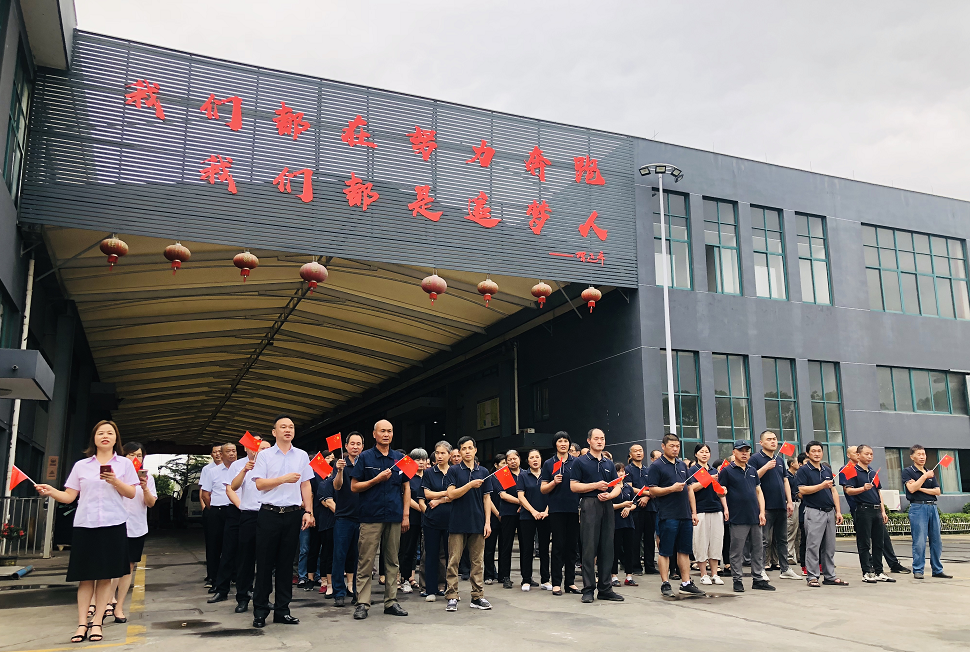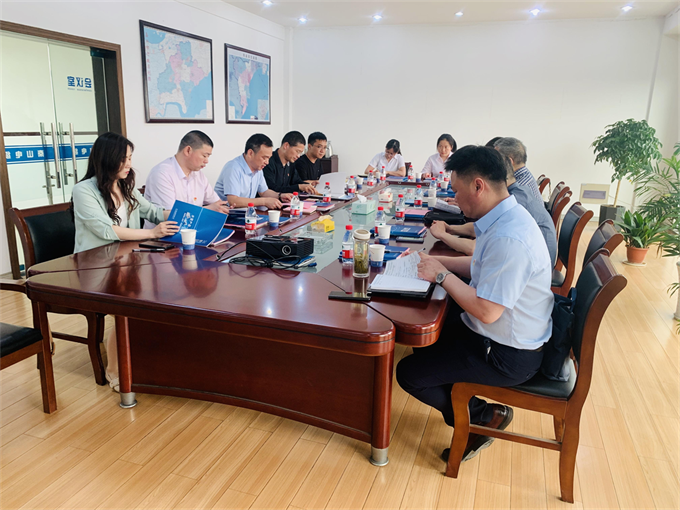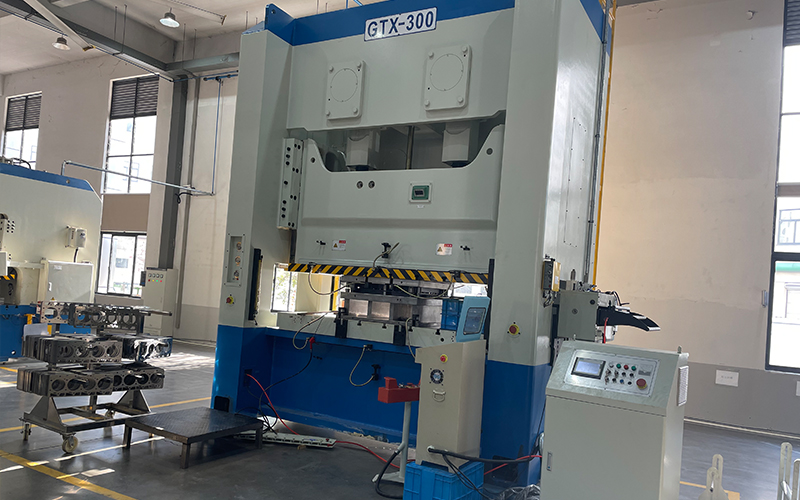
The difference between dense waterproof bus duct and air waterproof bus duct
- Categories:Industry news
- Author:
- Origin:
- Time of issue:2021-12-13
- Views:0
(Summary description)In order to clarify the difference between dense waterproof bus duct and air waterproof bus duct, it is recommended that you first review the professional specification definition of public waterproof bus duct: the specification definition of dense bus duct is: "After covering the exposed bus with insulation material, place it close to the channel shell. The specification definition of air type bus duct is: "The bus is supported by insulation gaskets inside the casing and insulated by an air insulation layer
The difference between dense waterproof bus duct and air waterproof bus duct
(Summary description)In order to clarify the difference between dense waterproof bus duct and air waterproof bus duct, it is recommended that you first review the professional specification definition of public waterproof bus duct: the specification definition of dense bus duct is: "After covering the exposed bus with insulation material, place it close to the channel shell. The specification definition of air type bus duct is: "The bus is supported by insulation gaskets inside the casing and insulated by an air insulation layer
- Categories:Industry news
- Author:
- Origin:
- Time of issue:2021-12-13
- Views:0
In order to clarify the difference between dense waterproof bus duct and air waterproof bus duct, it is recommended that you first review the professional specification definition of public waterproof bus duct: the specification definition of dense bus duct is: "After covering the exposed bus with insulation material, place it close to the channel shell. The specification definition of air type bus duct is: "The bus is supported by insulation gaskets inside the casing and insulated by an air insulation layer
The performance characteristics of the two are different: dense waterproof bus duct, from a processing perspective, the manufacturing of dense insulated waterproof bus duct is more complex; From the perspective of safety performance, insulation requirements are relatively high. Dense insulated busbar has the advantages of high current carrying capacity, safety and energy conservation, good dynamic thermal stability, small size, good heat dissipation, and low temperature rise, making it suitable for high-power current transmission. The manufacturing process of air insulated and waterproof bus duct is relatively simple. In terms of safety performance, its insulation requirements are lower than those of densely insulated waterproof bus ducts, and its insulation method is also relatively sensitive (insulated or non insulated), making it easy to tap. Its disadvantages are: poor current carrying capacity, large temperature rise, high impedance, poor heat dissipation, and incompatibility with high current transmission.
The difference in current carrying capacity between the two: Current carrying capacity is an important indicator for evaluating waterproof busbar duct products. Current carrying capacity refers to the current passing through the bus duct during the transmission of electrical energy. Under thermal stability conditions, when the bus duct conductor reaches the long-term allowable working temperature, the carrying capacity of the waterproof bus duct is called the long-term allowable carrying capacity of the waterproof bus duct. A large amount of experimental data shows that the current carrying capacity of dense waterproof bus ducts is better than that of air waterproof bus ducts, that is, the current of wires of the same specification can differ by one or more current levels. The main reason for the poor current carrying capacity of air insulated busbars is the high impedance value, which leads to high losses and poor heat dissipation, especially in high current air insulated busbars. For example, 4000A dense waterproof bus duct with a current density of approximately 1.8a/mm2; The current density of the air bus duct can only reach around 1.2a/mm2. Reasonable selection of waterproof bus ducts can greatly improve the safety and reliability of transmission and distribution systems. Considering the different characteristics of dense and air type, it is recommended to choose dense waterproof bus ducts in the main line, distribution system feeder sections, and high current level buildings. The utility model has a large current carrying capacity, low loss, balanced reactance, convenient use, and can effectively reduce power consumption costs.
Waterproof bus ducts can be divided into air plug-in bus ducts, densely insulated plug-in bus ducts, and high-strength plug-in bus ducts according to insulation methods.
1. Different insulation methods:
There is a certain distance between the air bus ducts to maintain insulation between the phases, so the insulation medium of the air bus ducts is air;
The copper bars of dense bus ducts are wrapped in insulating media and tightly arranged without gaps. The insulation medium of dense bus duct is organic insulation material.
2. Different structures:
Due to the distance between air bus ducts, the volume of waterproof bus ducts is relatively large. The dense bus duct has a compact structure and small volume.
3. Different heating methods:
The air type busbar duct allows the air inside the waterproof busbar duct to convection with the outside through the ventilation holes on the shell, taking away the heat generated by the busbar, resulting in low heat dissipation efficiency;
The dense bus duct directly dissipates heat through the shell, resulting in a high heat dissipation rate.
Scan the QR code to read on your phone

Service Hotline
Company Address
No. 8 Pearl Street, Fuxi Street, Deqing County, Huzhou City, Zhejiang Province
Copyright © Zhejiang Hangdian Technology Co., Ltd










